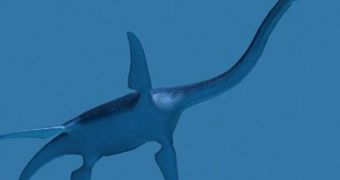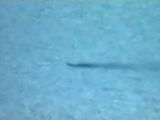This is the most mysterious place in Scotland: Loch Ness, shrouded in mystery. It's the largest inland body of water in Britain and with its depth of 750 ft (230 m), it's even deeper than the North Sea.
But its fame comes only from its famous inhabitant: the monster of Loch Ness. The explanations regarding its identity range from a huge sea snake or a sturgeon to plesiosaurs (gigantic long necked sea reptiles contemporaneous to dinosaurs) or a last surviving dinosaur.
"There are a number of possible explanations to the sightings in the loch. It could be some biological creature, it could just be the waves of the loch or it could some psychological phenomenon inasmuch as we see what we want to see," Shine said.
The local whisky could be behind some sightings, but the legends of Scottish monsters are older than 15 centuries, starting at least with the founders of the Christian church in Scotland, St. Columba, who described them in about A.D. 565.
Since a surgeon on vacation caught the monster for the first time on tape in the '30s, over 4,000 purported Nessie sightings have been signaled. Now Nessie, the Loch Ness monster, is back on a video better than ever.
"I couldn't believe my eyes when I saw this jet black thing, about 45 feet [13 meters] long, moving fairly fast in the water," said Gordon Holmes, a 55-year-old lab technician from Shipley, Yorkshire, who recorded the video Saturday.
"I see myself as a skeptical interpreter of what happens in the loch, but I do keep an open mind about these things and there is no doubt this is some of the best footage I have seen," said Adrian Shine, Nessie watcher and marine biologist of the Loch Ness 2000 center in Drumnadrochit, on the shores of the lake, who hopes to analyze the video.
"Whatever it was moved at about 6 mph (10 kilometers per hour) and kept a fairly straight course. My initial thought is it could be a very big eel, they have serpentlike features and they may explain all the sightings in Loch Ness over the years."
The quality of the images convinced BBC Scotland to air the video, even if they prefer a seal or other variant.
Real or imagined, Nessie is now a very efficient Scottish trademark, which can be found on anything: from cuddly toys and T-shirts to posters displaying the classic three-humped image, even if the Scottish media remains skeptical about it.

 14 DAY TRIAL //
14 DAY TRIAL // 
